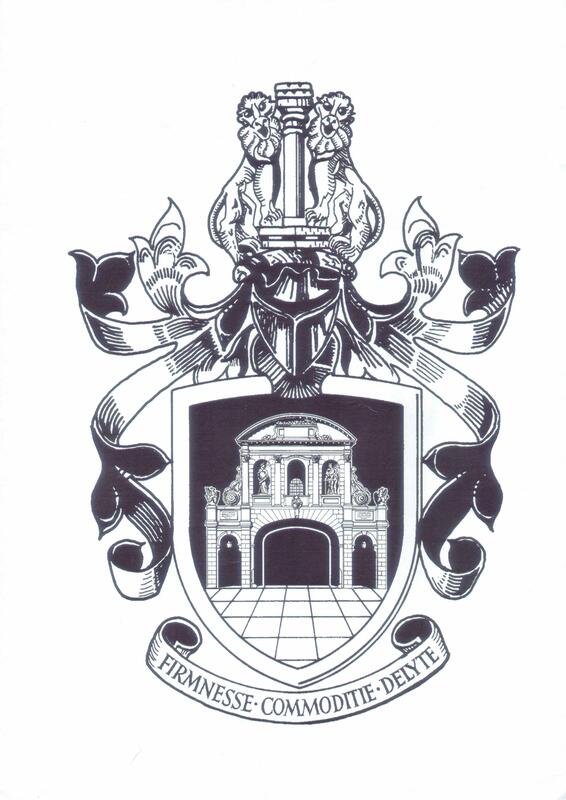
TEMPLE BAR
Temple Bar in Paternoster Square is the "home" of the Worshipful Company of Chartered Architects. It is technically our Hall, making us one of only a small handful of Modern Livery Companies who have their own Hall.
Temple Bar was originally one of the "gates" into the City of London and was positioned on Fleet Street. It was designed by Sir Christopher Wren in 1672 and, having left the City in the late 19th century, it moved to its current location in Paternoster Square by a group of enthusiastic architects in 2004.
The Temple Bar Trust manages the building, independently of - but with support from - the Company. The Trust was established as a charitable company limited by guarantee in August 2019 and is approved by the Charity Commissioners (registered number 1185076). The Trust maintains its own governance procedures and the Chair of Trustees makes a report on the Trust’s activities to the Company at each meeting of the Court.
More information on Temple Bar can be found on their website here.
